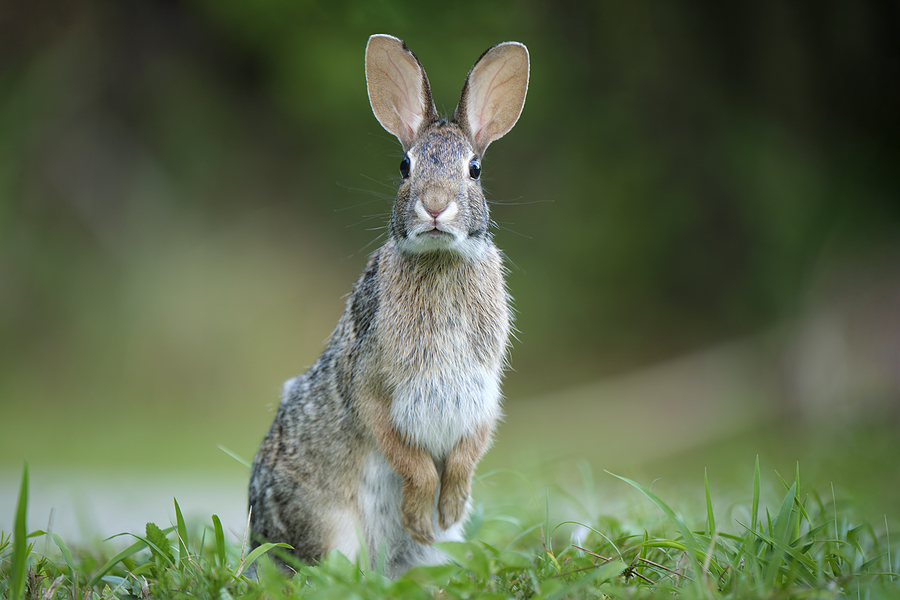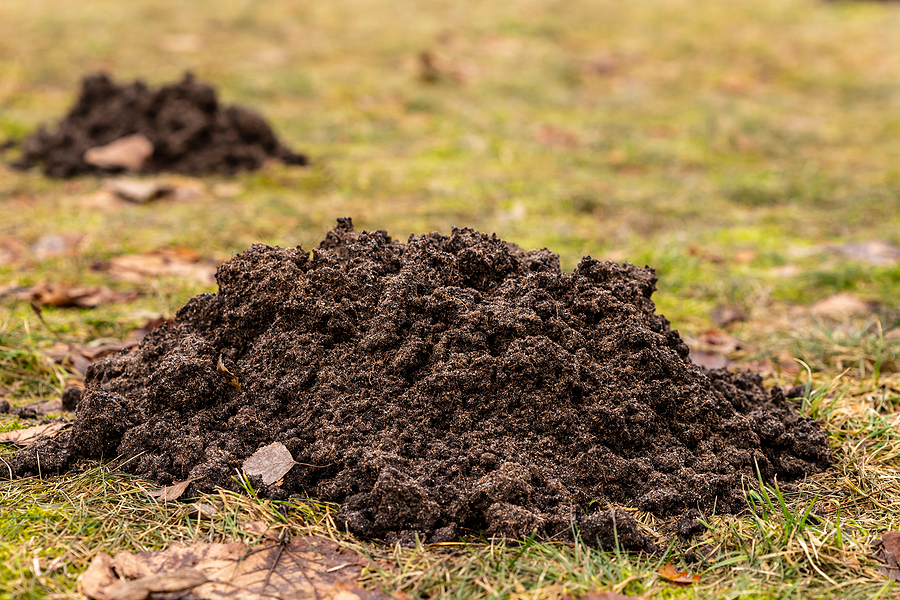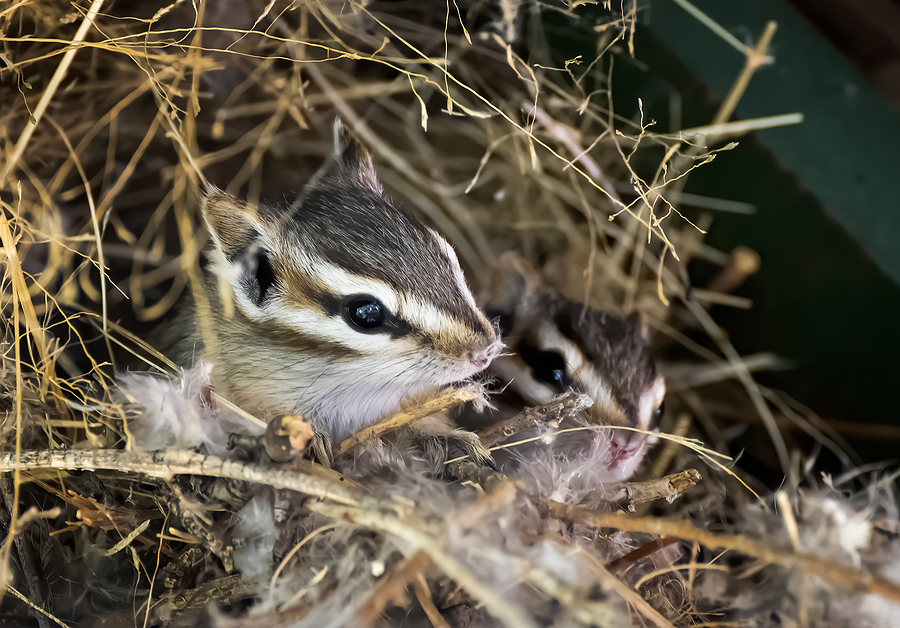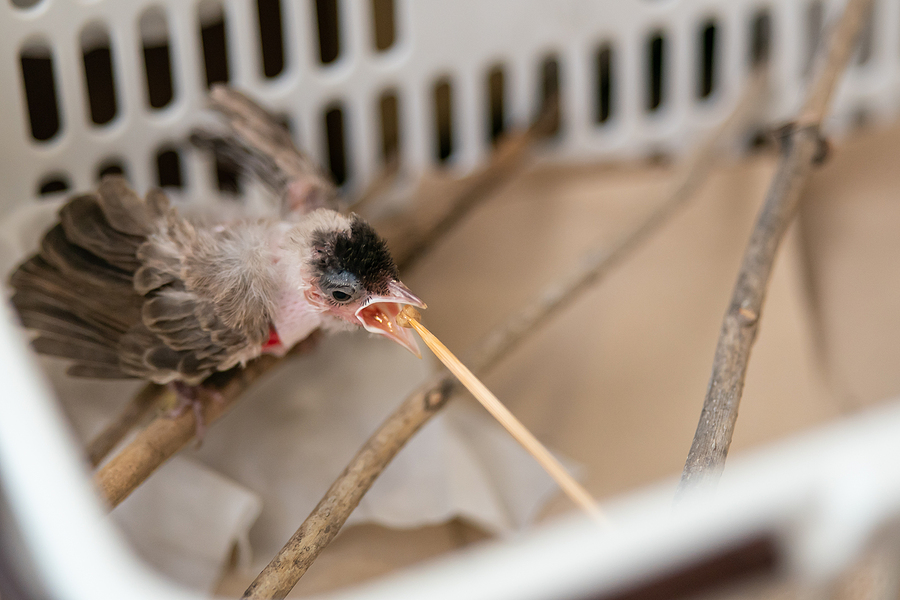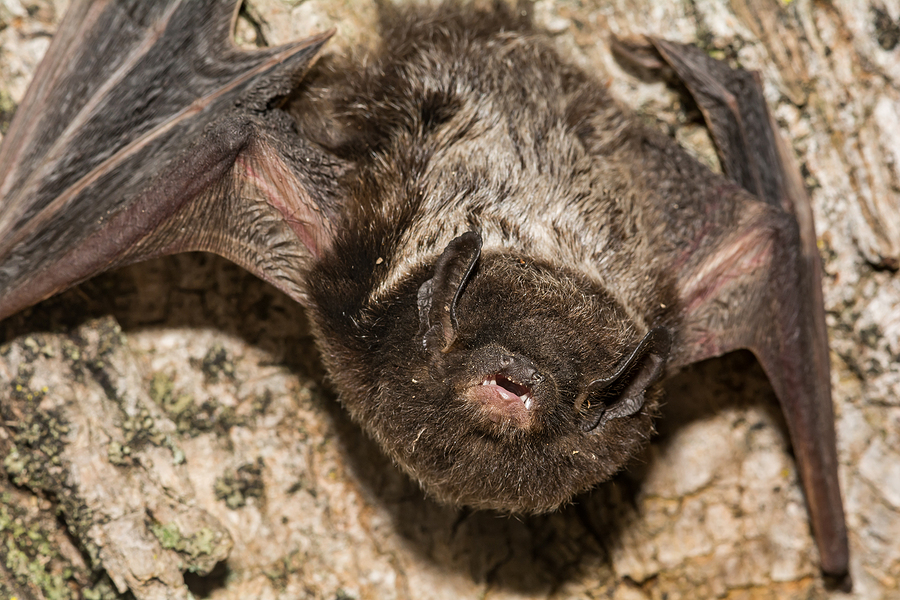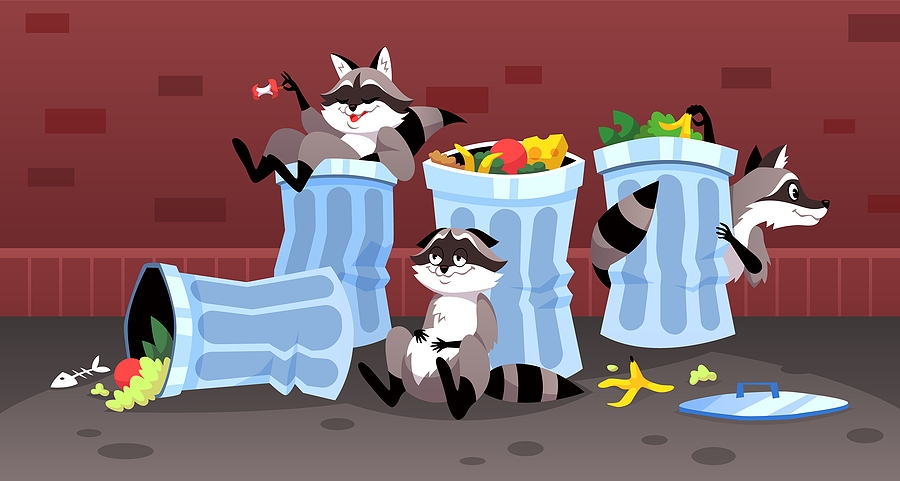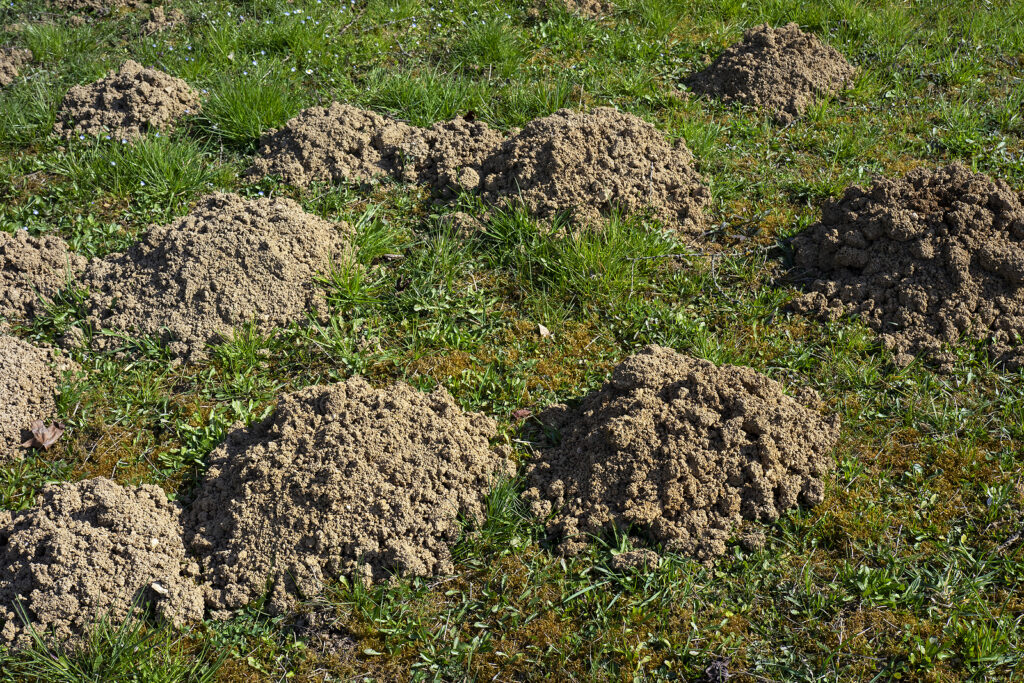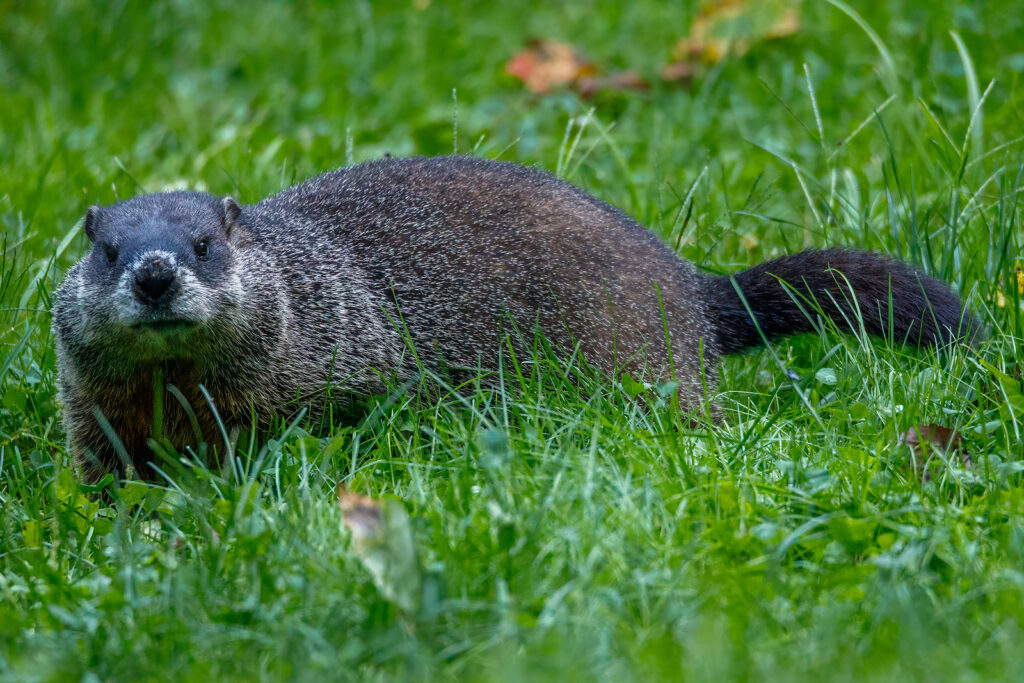Are woodchucks wreaking havoc on your property? Woodchucks, also known as groundhogs, are a common backyard nuisance in many parts of the United States. They dig burrows and feed on gardens, flowers, vegetables, and other plants. If you have a woodchuck problem on your property, it’s important to identify where they are located so that you can take steps to control them effectively.
Continue reading to learn some tips for how to identify problem woodchuck areas on your property.
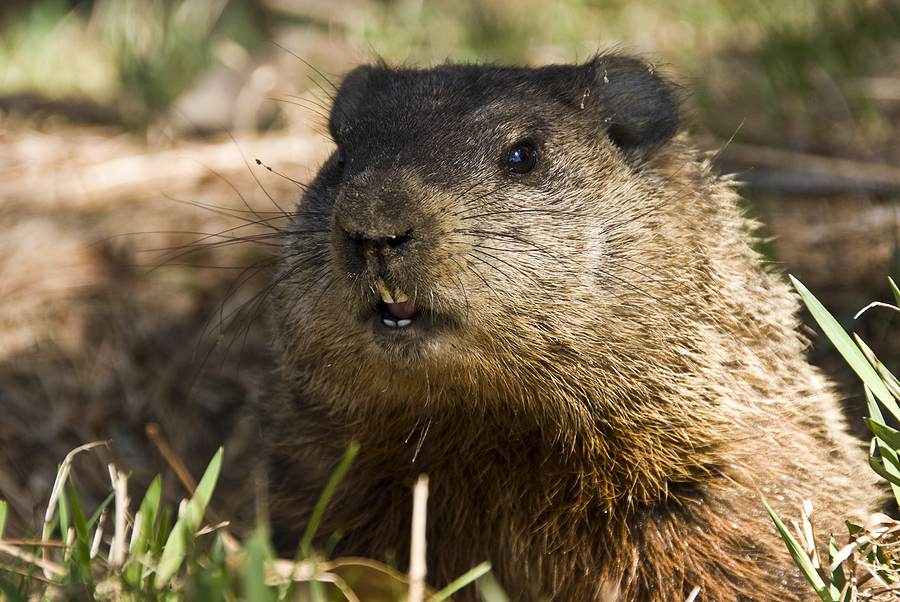
The 101 on Woodchucks
Woodchucks, also known as groundhogs, are found along the east coast of North America and in parts of Canada. They are part of the Marmota genus and have short tails, brown fur, seven vertebrae in their necks, and keystone-shaped ears. Woodchucks like to live in wooded areas near streams or wood edges where they can access their preferred food items of grasses, clover, alfalfa, and other vegetation.
They will often sleep during the colder months when their food supply is diminished. During this time, they enter a hibernation-like state that lowers their body temperature and heart rate significantly until spring when they emerge from their dens. Woodchucks can be entertaining to watch as they take turns standing guard atop mounds of dirt at the entrance to their dens while keeping an eye out for predators such as foxes and coyotes.
Top 3 Groundhog Signs and Solutions
Look for Woodchuck Burrows
Woodchucks will typically dig complex burrows with multiple entrances and exits. You can spot these by looking for mounds of dirt or patches of upturned grass. Woodchucks also use their burrows to hibernate during the winter months, so be sure to check the ground around your property for signs of burrowing activity.
Check Wooded Areas
Groundhogs prefer wooded areas where they can find plenty of food and shelter. If you have wooded areas on your property, it’s important to check them for signs of groundhog activity such as freshly dug holes or gnawed tree bark. Woodchucks will also take advantage of any woodpiles and other debris piles that are lying around your yard.
Watch Out for Woodchuck Signs
Woodchucks will leave behind signs of their presence, so it’s important to be on the lookout for things such as droppings, burrows and tunnels in the ground, gnawed tree bark and woodchuck tracks. Groundhogs will also leave behind unmistakable signs such as gnawed plants, upturned earth and chewed vegetation.
nuisance groundhog solutions
If you find any of these signs on your property, it’s a sure indication that you have a groundhog problem and need to take steps to control them. Woodchuck control in Indianapolis can involve trapping and removing the animals, as well as other measures such as fencing them out of your yard or using repellents and deterrents. Taking steps to control woodchucks on your property will help ensure that they don’t cause further damage and disruption. By familiarizing yourself with how to identify problem woodchuck areas on your property, you can take the necessary steps to control pesky groundhogs and protect your yard.
If you have any more questions or need advice on woodchuck control, don’t hesitate to contact a pest control professional for assistance. Contact Modern Wildlife Control at 317-847-6409 for licensed and insured animal trapping and removal for woodchuck problems in Indianapolis, Indiana. Our animal removal trappers will be able to provide more specific guidance tailored to your particular wildlife control needs. We serve both residential and commercial clients!
Related Posts:
How to Solve Nuisance Groundhog Problem
Top Critter Control Tips for Nuisance Groundhogs
What to Do if You are Dealing With Muskrat Problems

